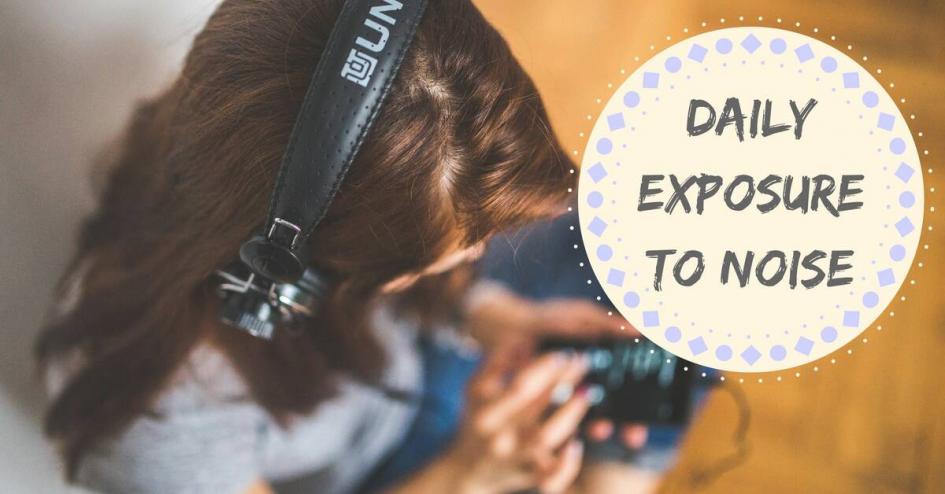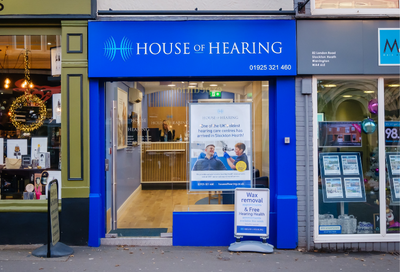
Daily Exposure to Noise
Nov 18, 2017
Most people spend 8 hours a day at their jobs – that is, 8 hours where they are being potentially exposed to excessive noise. Over a long period, this has the potential to damage your hearing. You might not notice this as it could happen gradually. It could also lead to a host of other health problems like elevated blood pressure and digestive disorders. It is at this point that these become workplace health and safety concerns.
The Control of Noise at Work Regulations 2005 (UK Noise Regulations 2005) calls for employers to prevent or reduce risks to health and safety from exposure to noise at work. There are three stages of control with regards to noise limits at work. They are based on the levels of exposure over an average working day or week, as well as the maximum noise level for exposure in a single day.
There are three stages of control regarding noise. The first two do not account for the use of hearing protection.
1. Lower Exposures
This refers to a daily or weekly personal exposure of 80 dB(A) and a peak exposure of 135 dB(A)
At this level, the employer is required to:
- Perform a risk assessment.
- Make hearing protection available for those who need it, but not enforce it on employees.
- Educate employees on safe and unsafe noise levels, and what could happen if they fail to heed them.
- Look to reduce noise as much as possible.
- Provide adequate hearing protection and make it a requirement.
- Designate Hearing protection zones (HPZ) in dangerous areas of the workplace.
- Employees working in the HPZs should have their hearing tested regularly.
Exposure Limits
These are the limits that shouldn’t be exceeded. These are a daily or weekly exposure of 87 dB(A) and a peak sound pressure of 140 dB(C) When the Exposure Limit Value is reached, the employer is required to lower the exposure of sound to below 87dB(A) or 140dB(C). However, as long as the employer provides hearing protection that lowers exposure below the limits, then even higher initial sound levels may be acceptable.Practical steps for all employers to take
Conduct a Noise Assessment
The first step is assessing how loud your workplace can get. This will help you discover your obligations as an employer. It must be based on evidence and reliable data, such as measurements of noise. A competent officer must undertake the test. It must find where the risk from noise is likely to be, and must also identify individual employees who are at particular risk from exposure to noise.Control noise emissions
You should first think about how to lower noise emissions from your machines. Having a low-noise policy when purchasing equipment can be a cost-effective long-term measure.Control exposure to noise
If you have done all you can to control the emissions and the noise still exceeds limits, you should consider ways to stop you employers from being exposed to the noise. This is done in two ways: by modifying the trajectory of sound and redesigning the workplace environment.Provide Personal Protective Equipment (PPE)
If you have done steps two and three and you still have excessive noise, you should provide hearing protection. They come in two types – in-ear and over-ear. Assuming they are fitted correctly, In-ear plugs can reduce noise by 10-15 dB(A) and over-ear muffs by 20-25 dB(A). As an employer you have the responsibility of making sure that hearing protection is being worn properly and is in reasonably good condition.Provide information and training for employees
Workers must understand the risks that they might be exposed to. If they are exposed at the lower exposure values, you should inform them:- The likely amount of noise they will be exposed to.
- The risk to hearing this creates.
- What is being done to control the risks
- How to obtain hearing protection if they want it.
- How to report problems in machinery and equipment
- What their obligations are under the noise regulations act 2005
- How they can minimize exposure to noise
- The steps you as an employer are taking to monitor the hearing levels of your employees.
Regularly monitor and review the effectiveness of the measures
For environments where workers are particularly at risk, you should conduct regular hearing tests. This will caution employees who might be suffering from early signs of hearing loss, such as tinnitus. It also makes sure that the noise controls they are implementing are doing their job.Visit Us at House of Hearing
Are you concerned about daily exposure to noise? Worried that it may be affecting our hearing abilities? Visit us at House of Hearing for a consultation and hearing test today.Our Clinics
All House of Hearing clinics are in town centre locations and accessible to public transport and parking. Home visits also available if mobility is an issue.


.png)
.png)
.png)

.png)
